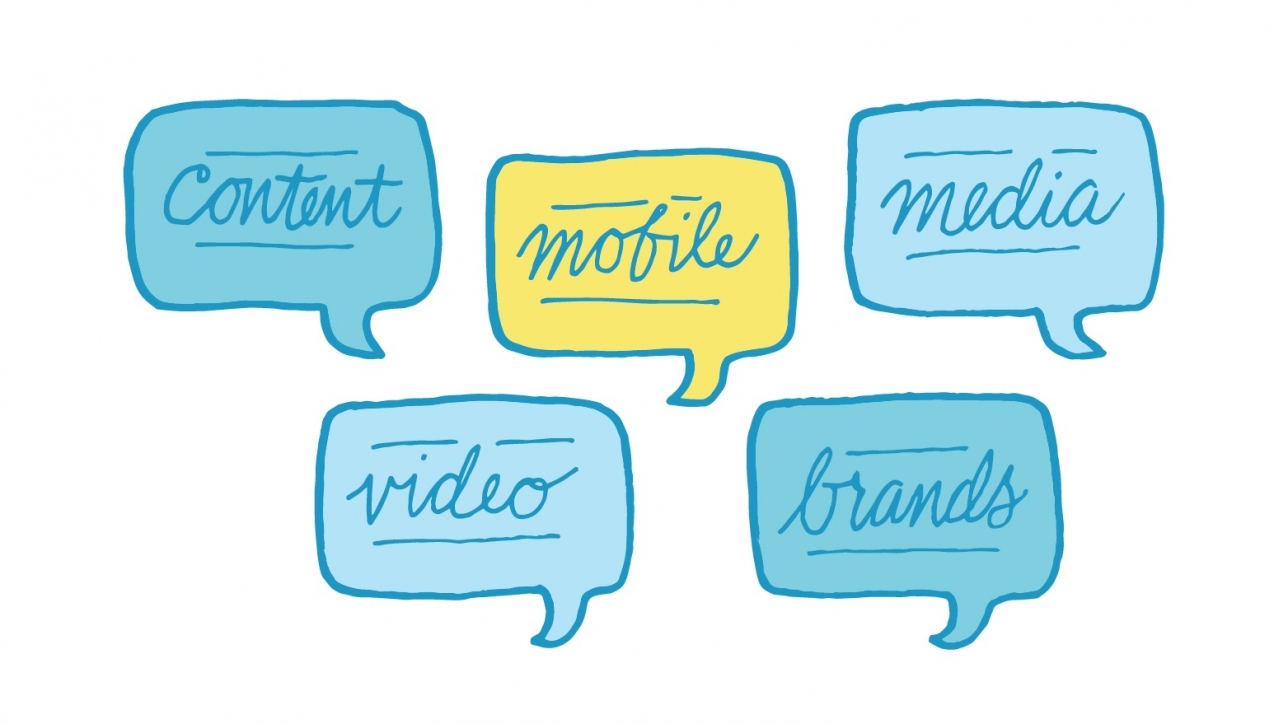With a show of hands, how many of us have read (O.K., more like hungrily devoured) everything we possibly can about the new social media trends today?
Keep your hands up if you’ve felt your brow begin to sweat and your hands start to quiver as you’ve scrolled from one article to the next, reading all that the experts have to say, only to feel so overwhelmed that you’d rather just call in sick… for the rest of the year.
Yeah, we thought so.
We’d like to help by offering something a bit less drastic than a request for indefinite sick leave.
See, in our ever-ambitious efforts to become bigger, better brands, we can lose sight of the foundation of what we do. We sometimes forget that less really is more while we barrel forward in our daily race toward whatever finish line the experts suggest that we strive for next.
Let’s just take a big, deep, cleansing breath and focus on our inner social media marketing child for a moment, shall we? Feel better? Good! Now let’s think about what it was like when we first began our social media brand building endeavors.
And then, let’s just throw most of that out the window and come at it from a different angle.
“Marketing 101 meets Mobile 101.”
According to econtentmag.com, Peggy Anne Salz, an expert in mobile search, mobile marketing, and mobile technologies, says “…that marketers whose focus includes basic customer engagement have an edge.” She also maintains that technology should not be prioritized above connecting directly with customers.
Salz says that in 2015, “Marketing 101 meets Mobile 101” is going to be the mantra on the minds of many. There’s a whole new focus coming around, and it’s all about the importance of customers’ experiences. And for good reason. For most people, technology isn’t new anymore. People have become very used to having information appear at their fingertips, and at their whim.
These days, consumers are offered endless opportunities to “Hemmingway away” about their experiences with brands. And they get to do it online – where all the world’s truly their stage. Make no mistake, when a smart-phone wielding consumer rides into a store on whatever metaphorical white horse they happen be on that day, they’re going to tell the world about it.
And chances are they’re going to use their cell phones to do it. With all the “check-in” and “share everything” apps available, smart marketers make sure their social media activities are mobile-friendly!
On top of that, they create incentives for customers to connect and communicate via mobile channels, too. Every customer has the potential to sing the gospel of your brand to everyone in their network. Word of mouth – or word of mobile, as is now the case – has never been a stronger form of marketing communication.
While we all know that word of mouth has always been one of the most powerful, back-to-the-basics goals of our marketing efforts, we also have to acknowledge customers’ expectations have changed. They expect to be “wowed” when they show up at our door – whether that door is brick-and-mortar or virtual.
What this means for brands is that all the awesome, flashy, technologically-advanced social media campaigns in the world aren’t going to matter if a brand’s customers don’t have a good experience.
So, before inundating your teams with the hottest new social media trends today… Before pointing (well warranted) fingers at the causes of declining organic reach… and before giving in and relegating one platform while sprinting to catch up to the next hot, new social media hopeful… why not take a step back first.
Think about what really works for YOUR brand. Think locally first, and then globally. And more than anything – despite the siren song of the next big thing – think about your customers. Think about what they expect, where you need to be to reach them, and how to speak their language.
Once you’ve re-visited that successful path of connection with your customers, make sure you leave breadcrumbs so they know how to find you again and again.
We’ve talked about the concept of repeating content before, but today, the art of repetition is taking on new importance in social media.
Social channels are getting busier and busier. The days of organic reach are all but a fond memory as brands are continuously forced to reach new heights and pull out more and more stops with their social marketing efforts. No matter what corner you stand on to shout your message to the world, there will always be someone with a “better” corner who can (afford to) shout louder.
While bigger is sometimes better, there’s no time like the present to take advantage of the incredible “trend” that is quietly and consistently making a comeback.
Real. Personal. Interaction. Don’t underestimate the power this can have on your brand’s influence.
People really do want to speak to a person when they call your customer service line.
Oh, and when they visit your websites, they’re there to see your content – not to be assaulted by flashing ads and countless videos that drag their stream rate down so low that they turn and “bounce” right off of your site without any interaction whatsoever. (With all due respect, ads are fine. Ads are expected. But manage them carefully and make sure they’re relevant to your brand, and more importantly, that they don’t impose on your customers.)
Here’s a little something that we all know by now, but we don’t fully realize the power of the knowledge we have in the palm of our pretty little hands at this very moment: Interaction is key.
The ever-elusive fruits of your organic reach efforts will never fall at the feet of your “lurkers” if you don’t reach out to them. When people see personal interactions happening, they usually want to get involved. Many brands forget about this – or simply don’t take the time to act on it – because it requires a lot of precious time and resources to create and maintain involved communities.
Not every person who Likes or follows your social media sites will interact. It’s your job to figure out how to reach them anyway.
But think about this: Why work hard to be everywhere you can be, with the goal of attracting tons of customers and contacts if you don’t plan on engaging with them?
We’re not just trying to over-simplify things – we promise! But it makes sense, doesn’t it? If you build it, they will come. But if they’re board when they get there, they’ll leave!
So, given all you do to get them there (to all your social media channels), let’s focus once again on what we can do to keep them there, and make sure they have a good time.
Regardless of how many trends you try to act on as an educated, going for the gusto social media marketer, focusing on the basics (“Marketing 101”) is what’s going to keep your customers engaged.
Oh, and about that whole “mobile” thing? We don’t really consider that a trend… It’s here to stay, and we’ll be talking a lot about that in the coming weeks, so please stay tuned!
In the meantime, we’d love to hear about your favorite old-school customer engagement tips in the comment section below!
Social Media Trends Today: What We Are (Really) Seeing Now June 12th, 2015Filament Social Media Marketing Specialist












